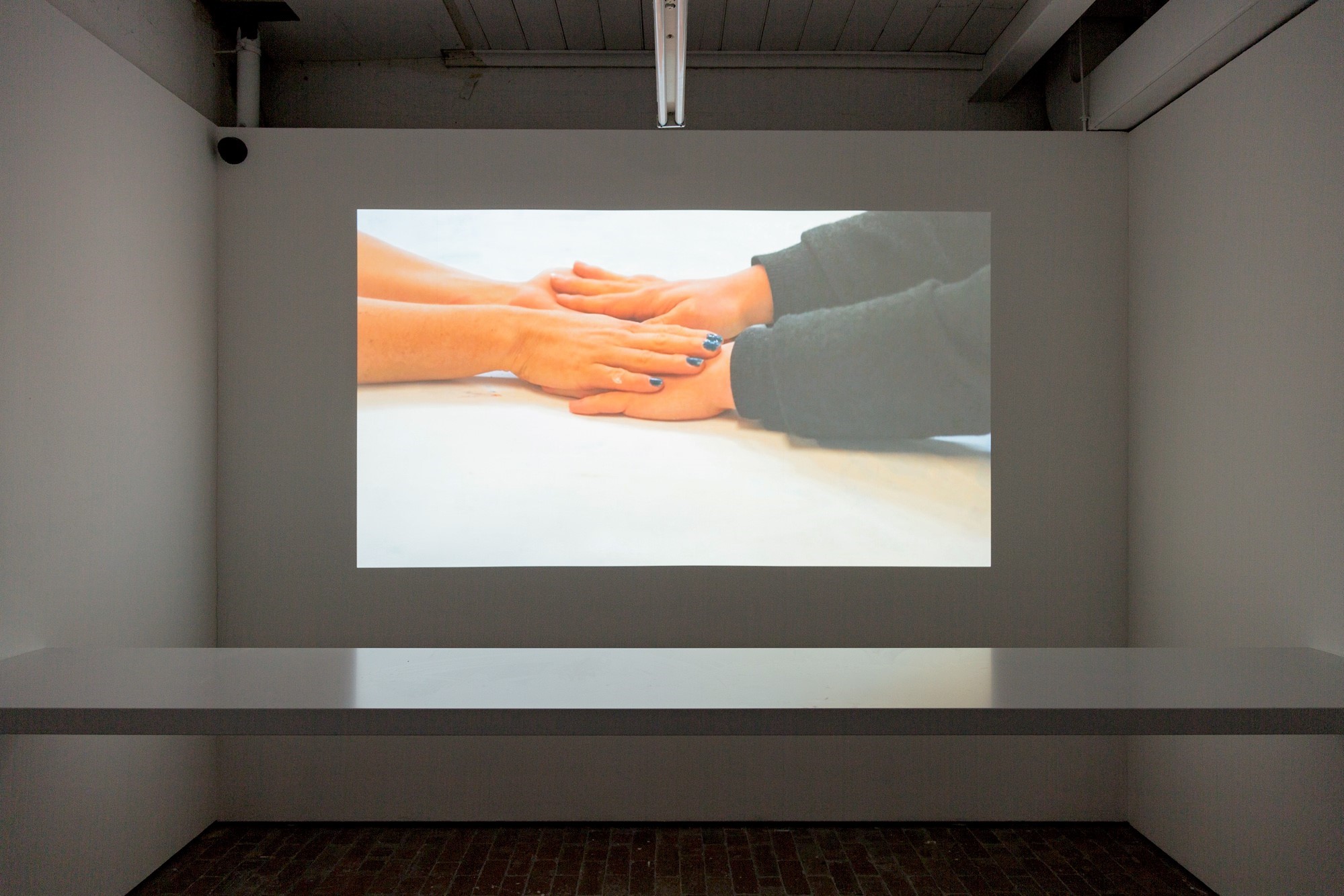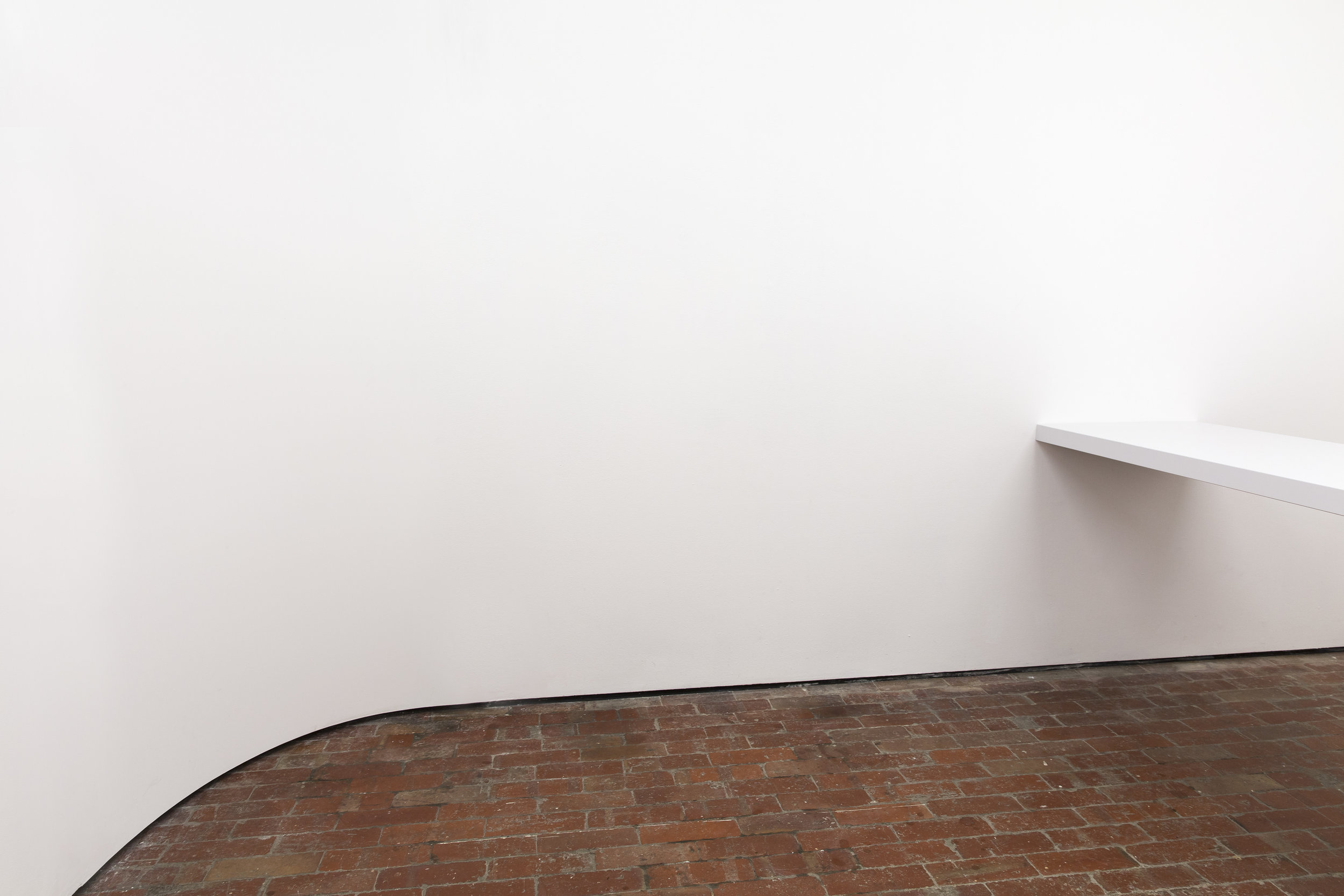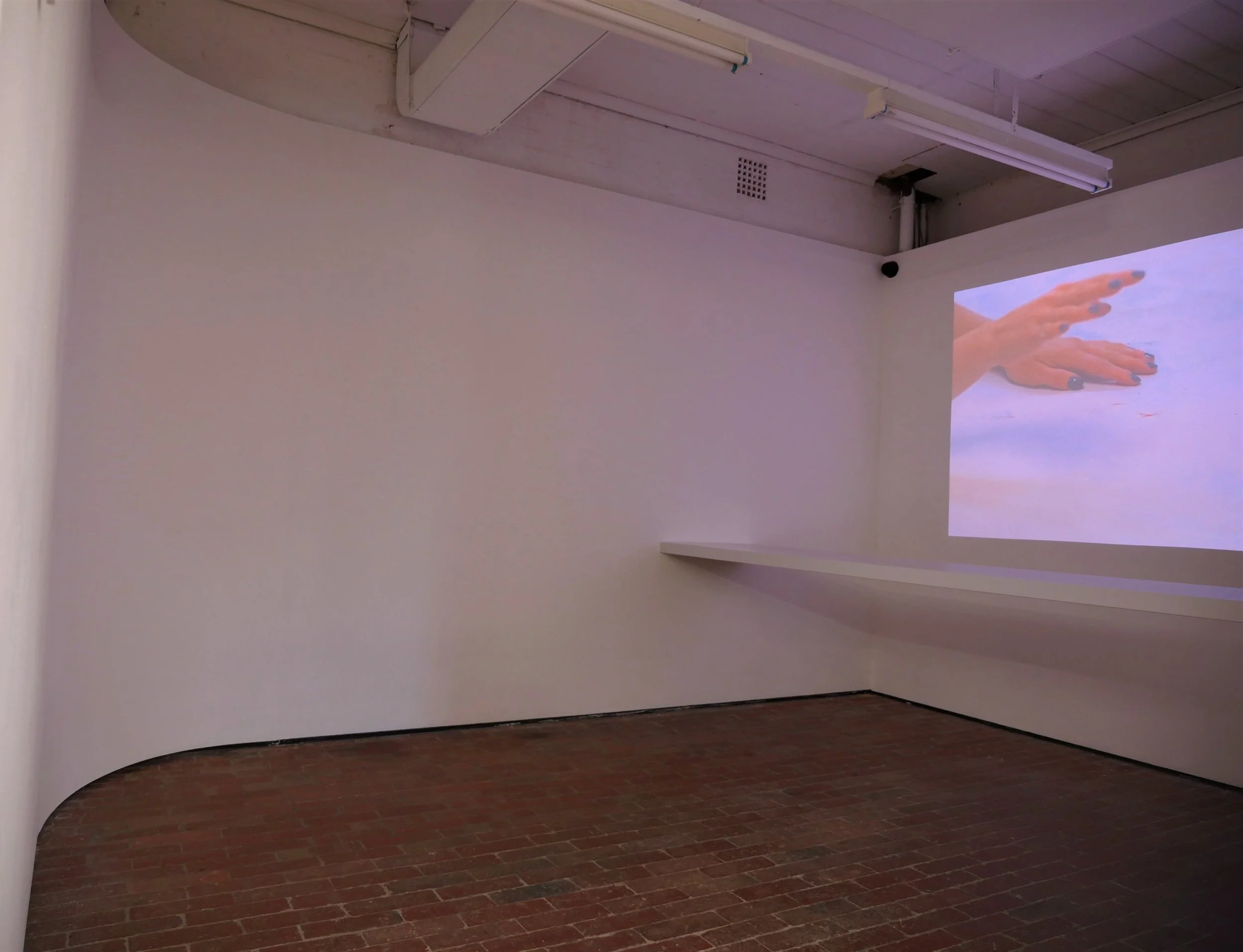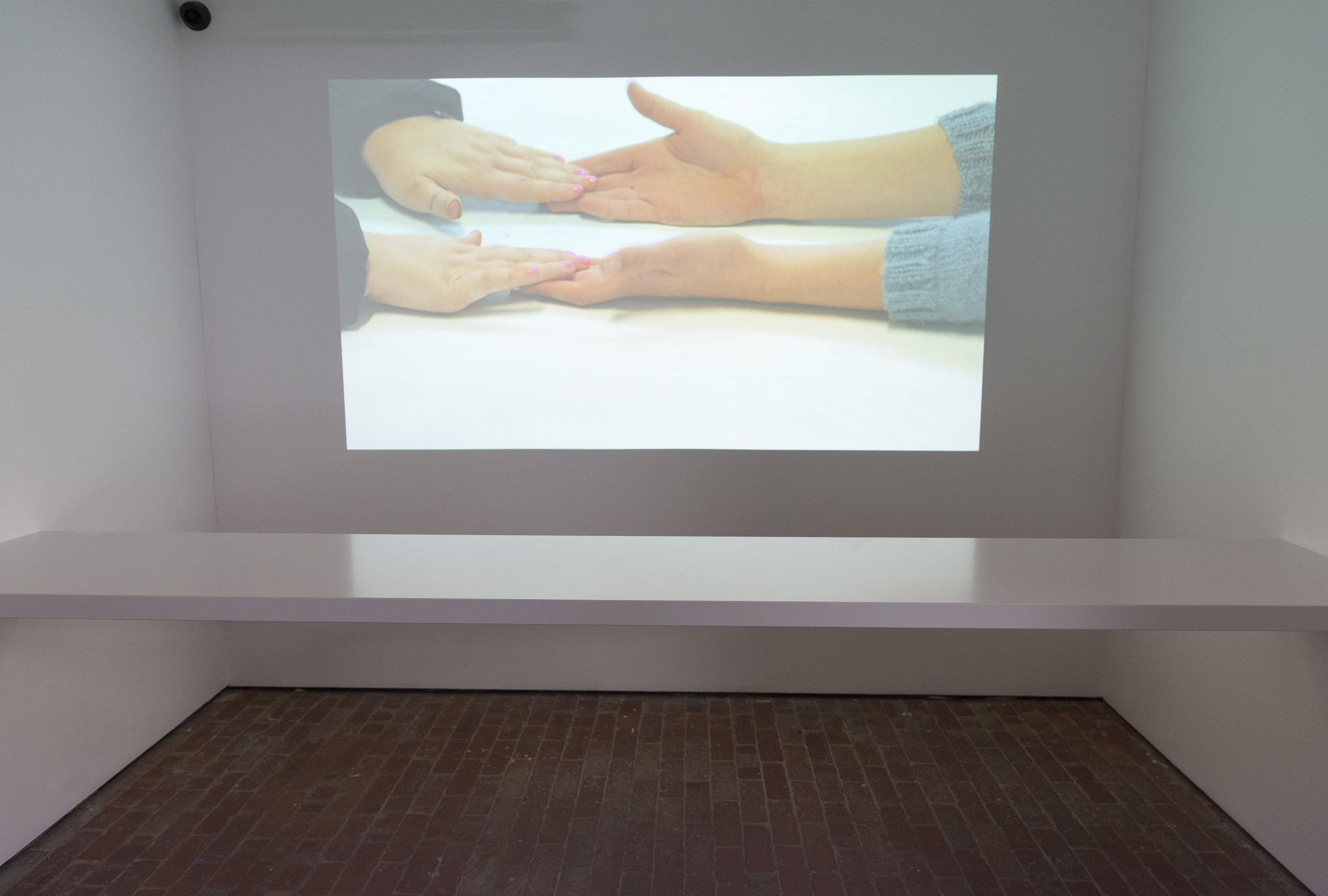hand conversations
Hand Conversations, a video made in collaboration with the artists of Art Circle - Yooralla, (Geoffrey Barnett, Mark Johnstone and Laura Trist), and Art facilitators, Kelly Richardson and Katie Ashbolt.
Hand Conversations - Installation View - C3 Contemporary Art Space, 2016.
Touching on the nature of relationships, collaboration and inclusion in Arts and Disability studio environments. A series of ‘conversations’ takes place between the artists and facilitators, through the gestures of hands - replacing mouths and acknowledging the importance and subtleties of non – verbal communication, especially when working and communicating with non-verbal artists.
In consideration of the fact that many artists work as Art facilitators and mentors as a day job – it is valuable to contemplate the meaning of terms like collaboration and inclusion, which are often thrown around in Art and Disability contexts, and to consider the kinds of exchanges that take place within the studio.
Collaboration between artists with and without disabilities assumes an equal involvement in the creative process from beginning to end. This partnership is seen as a fundamental way to make the practice of artists with disabilities visible in mainstream arts, with the aim of creating a more ‘inclusive’ art community in general. In some ways, with video practice in particular, the work created in these environments - so often growing organically, out of playful interactions and creative, verbal or gestural exchanges in an intimate working space - is perhaps more in line with a sense of an ‘equal’ collaboration. Can this kind of creative making process even occur without trust, mutual understanding and strong relationships in the studio?
Adversely, are there subtle power issues at play when the art facilitator is from an art educated background, endowed with their own artistic practices and interests, and is being paid to ‘teach’, and facilitate the production of ‘good’ art? The barriers which guard ‘participation’ are easy to break down but is it really on an equal and enduring basis? How far can participation and inclusion extend? Does it lead to the same kind of long – term relationships, professional connections and opportunities accessible to the wider arts community?
‘Such resistance to the word ‘inclusion’ among disability practitioners on the basis of that it is grounded in a binary power relation model. Discourses of inclusion have largely become a system of ‘othering’ that can only be dissolved by developing new methods for thinking about identity and embodied difference.’
(Anna-Hickey-Moody 2009.)




